Have you ever experienced an earthquake in Japan? Many people feel fear when the shaking starts without any warning. In fact, Japan is known as an earthquake-prone country worldwide and has experienced numerous earthquakes since ancient times. This time, we will explore why Japan is called an earthquake-prone country and look back at the history of earthquakes in Japan.
Why Does Japan Have So Many Earthquakes?
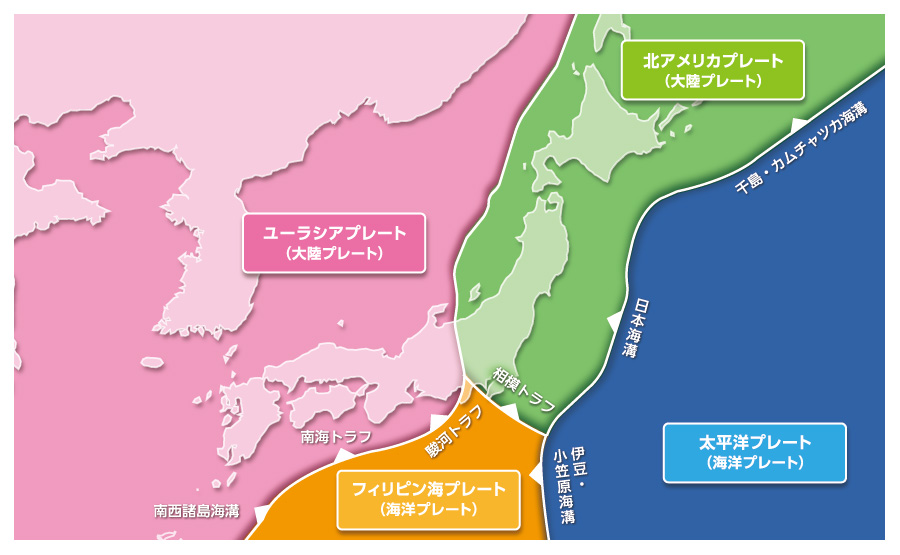
Japan is called an “earthquake-prone country” due to its geographical and geological characteristics. The Earth’s surface is composed of multiple plates (rock slabs) that move. Japan is located at the intersection of several plates, and the interactions between these plates cause earthquakes.
In particular, around Japan, there are subduction zone earthquakes at plate boundaries and inland earthquakes caused by the strain within land plates. Japan is surrounded by the Pacific Plate, the Philippine Sea Plate, the Eurasian Plate, and the North American Plate. The complex interactions of these forces result in about 18% of the world’s earthquakes with a magnitude of 6 or greater occurring in Japan.
Although the Japanese archipelago accounts for only 0.25% of the world’s land area, about 18.5% of the world’s earthquakes occur in Japan. This indicates that the structure of the Earth and the movement of plates are fundamental causes of earthquakes. Therefore, preparation and countermeasures against earthquakes are extremely important in Japan.
Due to this geographical and geological background, Japan has become known as an “earthquake-prone country.”
The History of Earthquakes in Japan
Let’s look at the history of earthquakes in Japan by introducing some representative earthquakes that occurred in the past.
Jogan Earthquake
- Year of Occurrence: 869 (Jogan 11)
- Epicenter: The main epicenter is believed to have been off the coast of the Sanriku region in the Tohoku area.
- Impact Area: The earthquake caused significant damage primarily in the Tohoku region, but its effects were widespread.
Damage Situation
The Jogan Earthquake is particularly known for triggering a large tsunami. According to ancient documents, the tsunami reached several kilometers inland, causing extensive salt damage to farmland and severe damage to homes and lives. The exact number of deaths and detailed damage caused by this earthquake is unknown due to limited records from the time, but it undoubtedly had a very large impact.
Historical Significance
The Jogan Earthquake is one of the oldest recorded earthquakes in Japan and is an important case in the study of Japan’s earthquake history. Through this earthquake, researchers study disaster response, social vulnerability, and recovery efforts in ancient Japan.
Additionally, the Jogan Earthquake was re-evaluated after the Great East Japan Earthquake of 2011. The tsunami damage from the 2011 earthquake was similar to the records of the Jogan Earthquake, highlighting the importance of understanding historical seismic activity.
Genroku Kanto Earthquake

- Date of Occurrence: December 31, 1703 (Genroku 16)
- Epicenter: Estimated to be the Sagami Trough, affecting a wide area of the Kanto region.
- Magnitude: The exact value is unknown, but it is estimated to be around 8.2
Damage Situation
The Genroku Kanto Earthquake caused severe damage across the Kanto Plain. In Edo (now Tokyo), many buildings collapsed, and fires broke out, causing significant destruction. The number of deaths from this earthquake, including those caused by the fires, is estimated to be between several thousand and over 20,000. A tsunami also occurred, causing damage to the Boso Peninsula and the Sagami Bay coastal areas.
Historical Significance
The Genroku Kanto Earthquake was one of the major natural disasters in Japan during the Edo period. This earthquake had a significant impact on the Edo shogunate’s flood control projects, urban planning, and disaster prevention measures. The reconstruction efforts in Edo following this earthquake are notable examples of the technology and governance capabilities of the time.
Additionally, the tsunami caused by this earthquake led to early tsunami research in Japan. The Genroku Kanto Earthquake holds an important place in Japan’s earthquake history and contributed to the accumulation of knowledge for future earthquake countermeasures and urban planning.
The Ansei Edo Earthquake
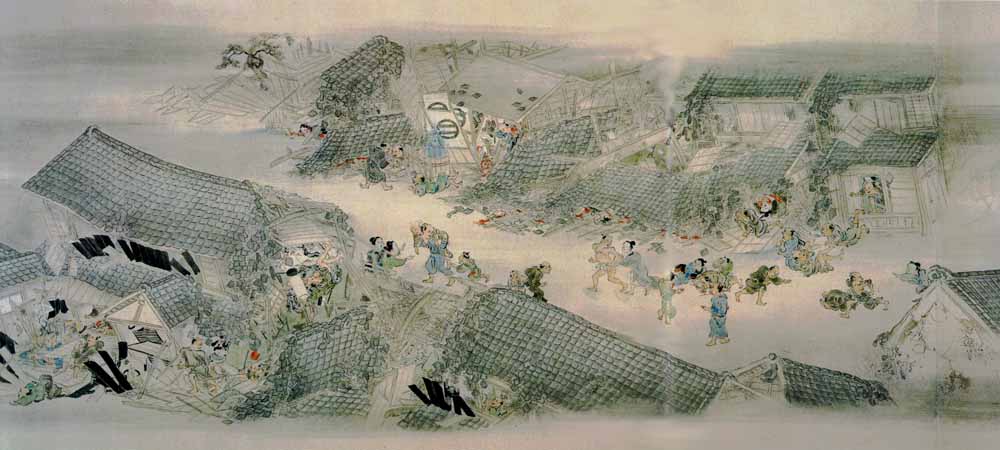
- Date of Occurrence: November 11, 1855 (Ansei 2, 10th month, 2nd day)
- Epicenter: Estimated to be near Tokyo Bay, causing significant damage in Edo (now Tokyo) and the Kanto region.
- Magnitude: Estimated to be between 6.9 and 7.4
Damage Situation
The Ansei Edo Earthquake caused widespread damage, particularly severe in Edo. Numerous buildings collapsed, and fires broke out, causing even greater destruction. The number of deaths from this earthquake is estimated to be between 5,000 and over 10,000, and many people lost their homes.
Historical Significance
The Ansei Edo Earthquake had a profound impact on Japanese society in the late Edo period. The extent of the damage highlighted the limitations of the construction techniques and disaster prevention measures of the time. The reconstruction efforts that followed this earthquake were challenging within the political and social context of the late Edo period.
The Ansei Edo Earthquake is a significant event in Japan’s earthquake history and has served as a lesson for later earthquake countermeasures and urban planning. Particularly, occurring at the end of the Edo period, this earthquake is considered an important event leading up to the transformations of the Meiji Restoration.
The Great Kanto Earthquake
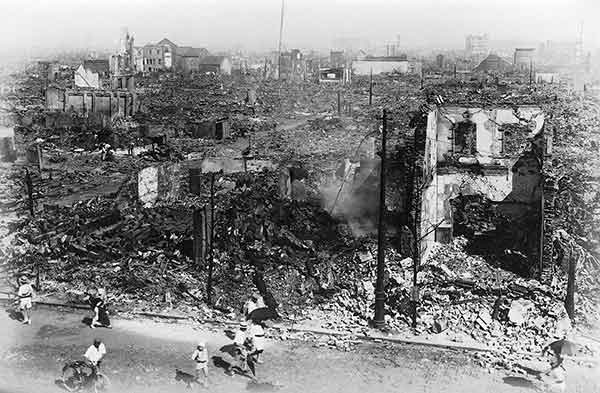
- Date of Occurrence: September 1, 1923
- Epicenter: It is believed to have been in the southern part of Sagami Bay.
- Magnitude: Estimated to be around 7.9
Damage Situation
In the Great Kanto Earthquake, the damage caused by the earthquake itself was significant, but the damage from the ensuing fires was particularly severe. The earthquake struck during lunchtime, causing many fires due to cooking activities. These fires spread rapidly due to strong winds. In Tokyo and Yokohama, a wide area of houses was burned down, resulting in a large loss of life.
- Casualties: The total number of dead and missing is estimated to be over 100,000, making it one of the worst natural disasters in Japan’s history.
- Displaced People: Millions of people lost their homes due to the collapse of houses and the fires.
Historical Significance
The Great Kanto Earthquake had a profound impact on Japanese society and politics. The post-disaster reconstruction work promoted many modernization reforms, including the revision of urban planning and building standards. Additionally, this disaster provided Japan with important lessons on emergency response and the management of the recovery process during disasters.
Furthermore, in the aftermath of the Great Kanto Earthquake, there were tragic incidents where false rumors spread about Koreans rioting, leading to the mass killing of innocent Koreans, Chinese, and even socialists by mobs. This tragic event highlighted the issues of social tension and prejudice against foreigners during disasters.
The Great Kanto Earthquake was a significant turning point in the history of disaster preparedness in Japan, greatly influencing subsequent disaster policies, urban planning, and building standards.
The Great Hanshin-Awaji Earthquake
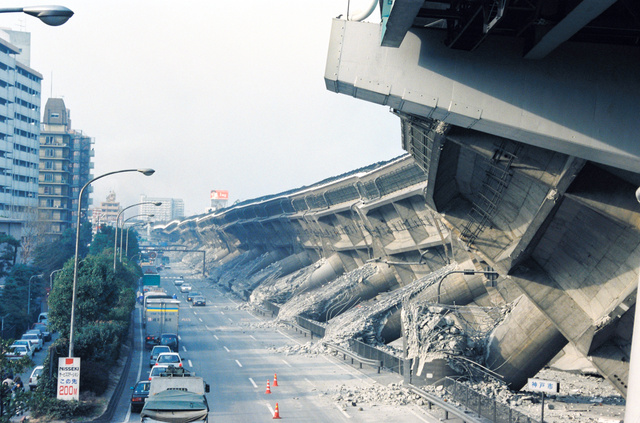
- Date of Occurrence: January 17, 1995
- Epicenter: Offshore, near the northern part of Awaji Island
- Magnitude: 7.3
Damage Situation
- Casualties: Approximately 6,400 people lost their lives or went missing.
- Displaced People: Over 300,000 people were forced to live in evacuation shelters.
- Damage to Buildings: About 100,000 houses were completely destroyed, and many buildings collapsed or sustained significant damage.
This earthquake caused significant damage, especially in Kobe City. There was extensive damage to urban infrastructure, including the collapse of highways and buildings. Fires also broke out, further exacerbating the damage.
Historical Significance
The Great Hanshin-Awaji Earthquake had a profound impact on Japan’s disaster prevention systems, urban planning, and building standards. After the earthquake, seismic performance standards were revised, and the seismic retrofitting of existing buildings was promoted. The importance of information dissemination, emergency aid systems, and volunteer activities during disasters was also reassessed, leading to the establishment of laws and systems to support these efforts.
The Great Hanshin-Awaji Earthquake is notable for promoting civic engagement and the spirit of self-help and mutual aid in Japan. Many volunteers rushed to the disaster area and contributed to the recovery efforts. This experience influenced how citizen participation and cooperation are viewed in disaster response.
Additionally, the Basic Act on Disaster Management was amended in response to this earthquake, further promoting the creation of a more earthquake-resilient nation. The memory of the Great Hanshin-Awaji Earthquake has greatly contributed to the heightened disaster awareness and advances in disaster prevention technology in Japan today.
The Great East Japan Earthquake

- Date of Occurrence: March 11, 2011
- Epicenter: Off the Pacific coast of the Tohoku region, off the coast of Miyagi Prefecture
- Magnitude: 9.0 (the largest earthquake ever recorded in Japan)
Damage Situation
- Casualties: Approximately 18,000 people lost their lives or went missing.
- Displaced People: Hundreds of thousands of people lived in evacuation shelters, with many losing their homes and jobs.
- Damage to Buildings: Hundreds of thousands of buildings were damaged, and widespread infrastructure was destroyed.
Tsunami Damage
The massive tsunami that followed the earthquake struck the Pacific coast of the Tohoku region, completely sweeping away towns and villages. The height of the tsunami reached up to 40 meters in some places, causing unprecedented damage to many coastal areas.
Fukushima Daiichi Nuclear Power Plant Accident
The earthquake and tsunami caused the cooling functions at the Fukushima Daiichi Nuclear Power Plant to fail, leading to the meltdown of nuclear fuel in multiple reactors. This resulted in the release of radioactive materials into the atmosphere, causing extensive radioactive contamination. This accident is considered the second most severe nuclear disaster in the world, after the Chernobyl disaster.
Historical Significance
The Great East Japan Earthquake had a profound impact on Japan’s disaster prevention systems and nuclear policy. Lessons learned from the disaster led to heightened disaster awareness both domestically and internationally, and improvements in disaster prevention technologies and systems were made. Additionally, there was a reevaluation of nuclear power, with increased interest in renewable energy.
This disaster highlighted numerous challenges, including the relationship between natural disasters and human society, risk management of nuclear energy, and the reconstruction of local communities. Efforts to address these issues continue to this day. The memory of the Great East Japan Earthquake is carried forward as a lesson for the future.
Noto Peninsula Earthquake
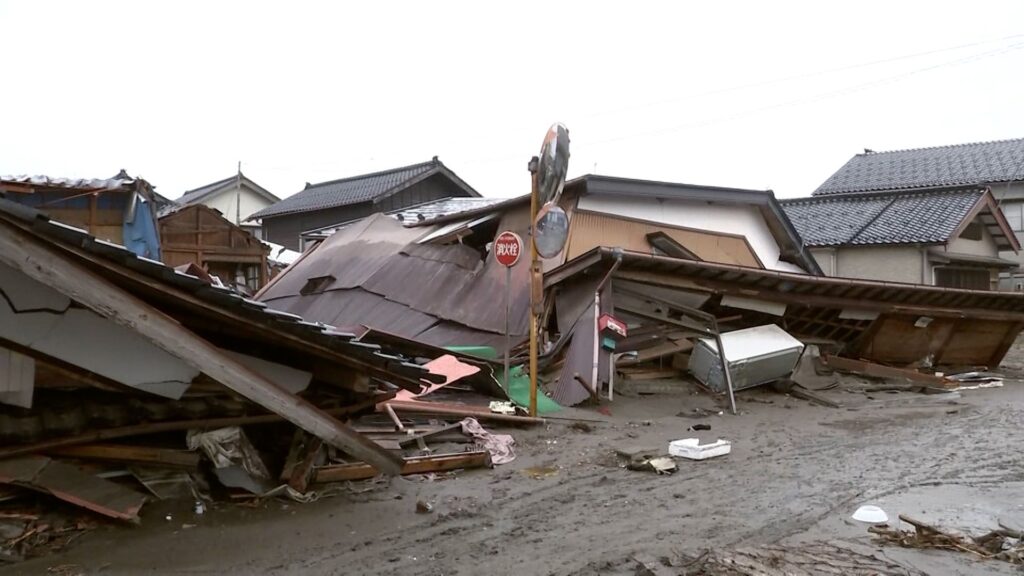
Date of Occurrence: January 1, 2024
Epicenter: Noto Region, Ishikawa Prefecture
Magnitude: 7.6
This earthquake is still fresh in our memories. The massive earthquake that struck on the first day of the new year quickly turned the joyous emotions of many people into fear.
The Noto Peninsula Earthquake that occurred on January 1, 2024, was a strong earthquake with a magnitude of 7.6, centered in the Noto region of Ishikawa Prefecture. This earthquake recorded a maximum seismic intensity of 7 particularly in Monzen-machi Hashide of Wajima City and Kanno of Shika Town, and also caused a tsunami. The tsunami reached a maximum height of 80 cm in Kanazawa, Ishikawa Prefecture, 0.8 m in Sakata, Yamagata Prefecture, and 4.7 m in its maximum trace height in Shiramaru, Noto Town, Ishikawa Prefecture. Additionally, in Funami Park, Joetsu City, Niigata Prefecture, the maximum run-up height was recorded at 5.8 m.
Due to the earthquake, the city of Suzu in Ishikawa Prefecture generated disaster waste equivalent to 65 years’ worth. While buildings that met seismic standards avoided collapse, a large fire broke out in Wajima City, resulting in a burnt area of approximately 50,800 square meters.
It is believed that an active fault extending about 150 kilometers from northeast to southwest shifted, contributing to the earthquake. The damage from the tsunami and ground liquefaction was extensive, severely impacting many buildings and infrastructure. In particular, widespread uplift of the ground was confirmed on the Noto Peninsula, with the land area expanding by approximately 4.4 square kilometers.
Such large-scale natural disasters have a serious impact on the society and economy of the affected region, making the support for recovery and reconstruction of the disaster area crucial. Furthermore, it is essential to strengthen preparations and countermeasures for future disasters.
In this earthquake, some people who were trapped due to building collapses sought help through posts on X (formerly Twitter), which went viral and led to their rescue. However, there were also issues with unscrupulous individuals posting false help requests to gain impressions, which disrupted rescue efforts. This highlights the need for society as a whole to reconsider the use of social media during disasters, as while it can be a significant aid, its proper use is critical.
Technologies and Systems Born from Earthquakes
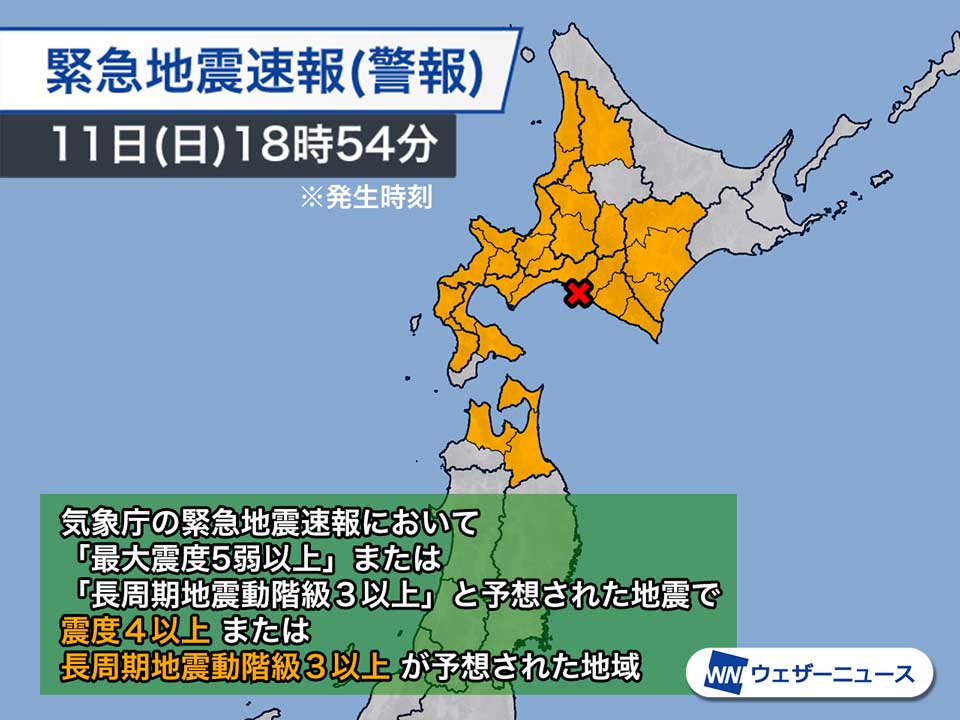
Japan has experienced a very large number of earthquakes throughout its history, leading to the development of many technologies and systems. These technologies and systems help protect lives and minimize damage during earthquakes. This time, we will introduce some representative examples.
Earthquake-Resistant Construction
Seismic Design: This is the technology for designing buildings to withstand earthquake tremors. In Japan, seismic standards were introduced after historic major earthquakes, significantly improving the safety of buildings.
Base Isolation and Damping Technology: Devices are installed in the foundations of buildings to absorb or disperse the energy of an earthquake, reducing damage to the building itself.
Disaster Prevention Systems
Earthquake Early Warning (EEW): This system issues warnings before strong tremors arrive when an earthquake occurs. Alerts are broadcast through TV, radio, and smartphones, giving people time to take evacuation or safety measures.
Seismic Retrofitting: This involves reinforcing existing buildings and infrastructure to enhance their durability against earthquakes. Many buildings have been retrofitted, especially after experiencing major earthquakes.
Disaster Education and Training
Disaster Education: Through school education, children are taught basic knowledge and coping strategies for earthquakes and other natural disasters.
Earthquake Drills: Regular training conducted at homes, schools, and workplaces. This includes practicing evacuation routes, learning safe evacuation methods, and preparing emergency supplies.
Utilization of Information Technology
Disaster Prevention Apps: Smartphone apps that provide real-time information on disasters such as earthquakes and tsunamis. They include features like earthquake early warnings, evacuation site information, and family safety confirmation.
Seismic Databases: Systems that compile and publicize data on earthquakes and the seismic resistance of buildings. These databases aid scientists and engineers in earthquake countermeasure research and development.
These technologies and systems are the result of Japan’s long-term experience with earthquakes and serve as references for earthquake measures worldwide. Japan continues to develop new technologies and improve existing systems.
Conclusion
How was it? We have looked at the reasons for and history of earthquakes in Japan. Earthquakes are an unavoidable part of the continental structure, so we need to be prepared at all times. It is essential to check disaster evacuation kits and evacuation sites in advance. It will be too late once an earthquake occurs.



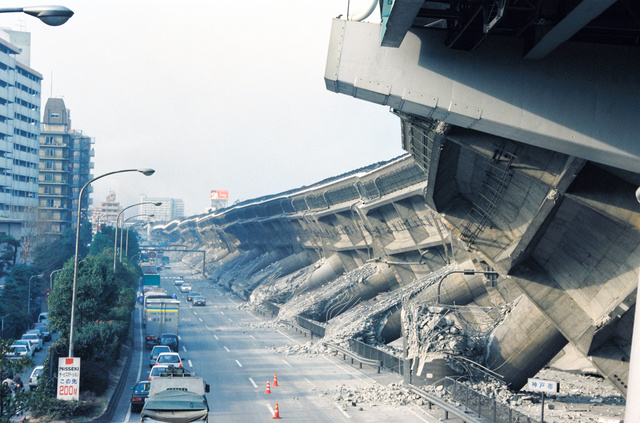





コメント